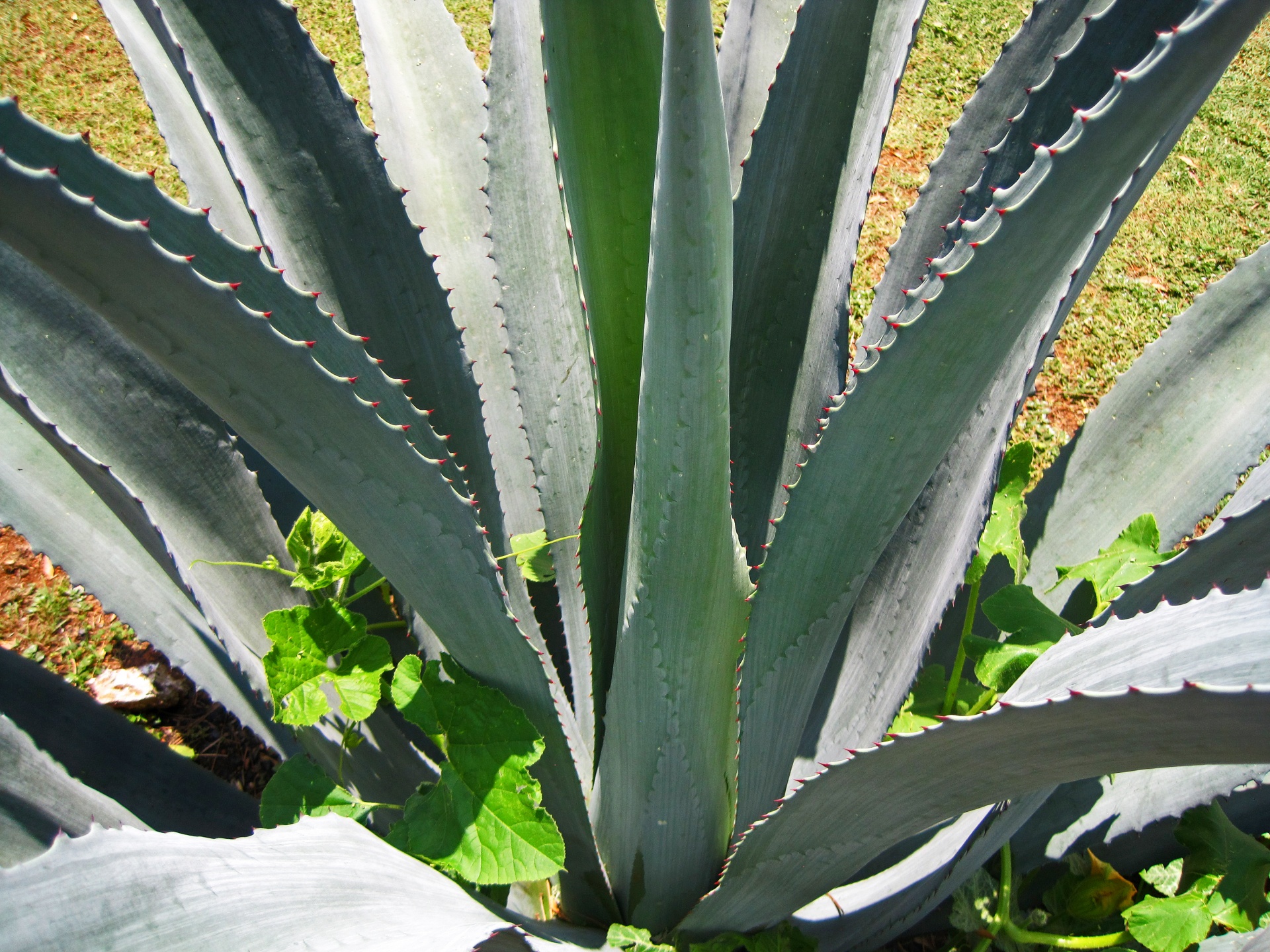
Close View Of Agave Plant Free Stock Photo Public Domain Pictures
This is why high fructose sweeteners are often marketed as "healthy" or "diabetes friendly.". Agave nectar has a very low GI — primarily because almost all of the sugar in it is fructose.
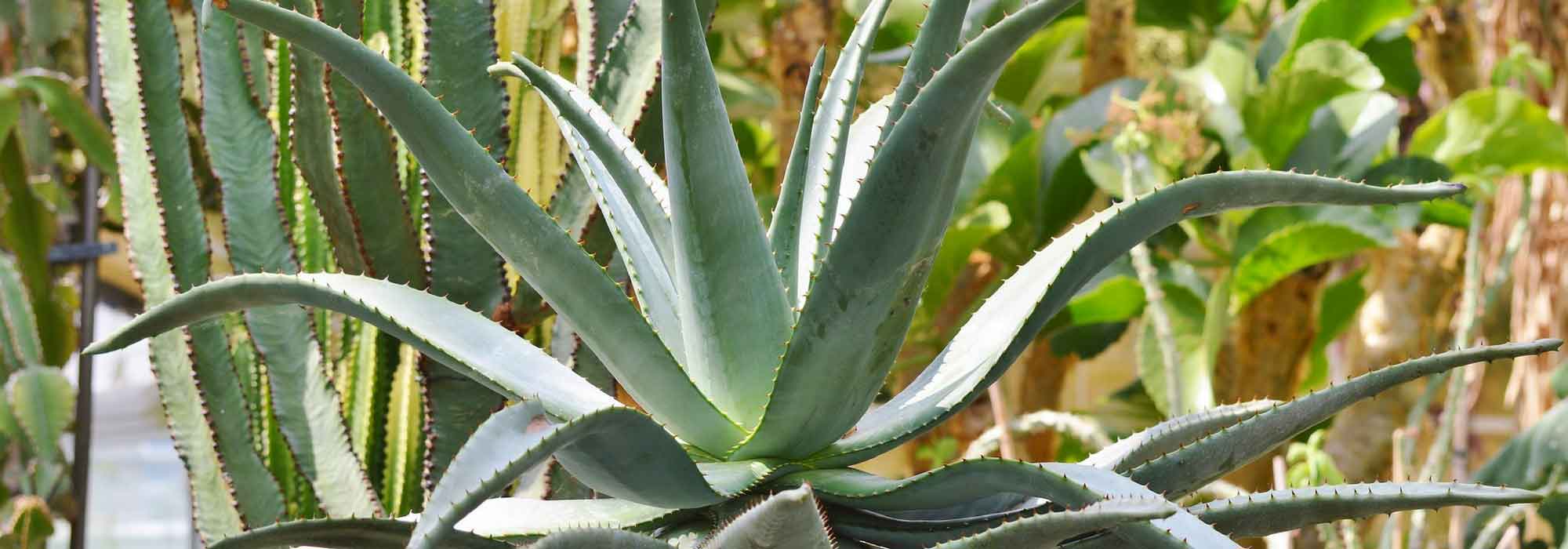
Agave planter, cultiver, entretenir Nos conseils
Pour s'épanouir, cette succulente a besoin de trois conditions : une exposition en plein soleil ; un sol léger, non‑calcaire et surtout bien drainé ; des températures hivernales clémentes (minimum 5 C°). L'agave americana est plus rustique (-10°) Lorsque l'endroit est choisi, il suffit ensuite de : Creuser un trou assez profond.
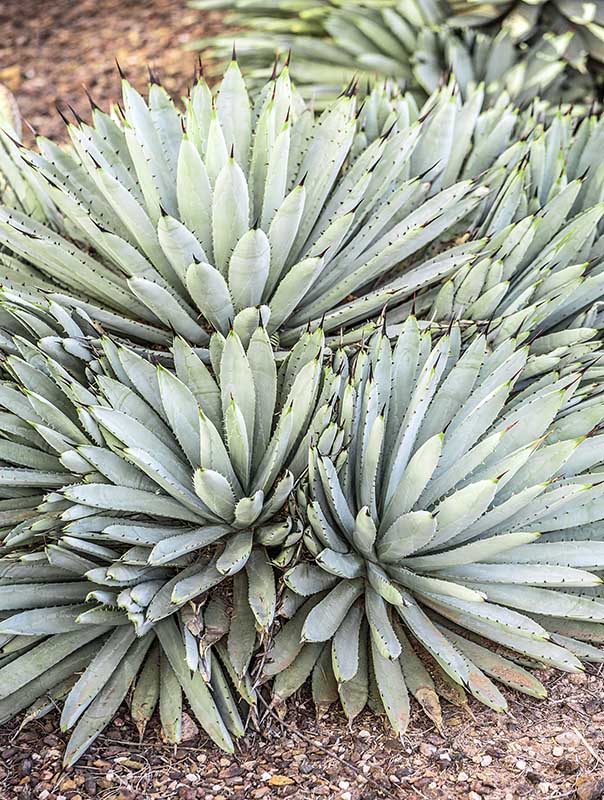
Agave macroacantha agave à grande épine Palmiers et Compagnie
Winter Hardiness: 30-32° F. Agave ellemeetiana 'Satina' (Ellemeet's Agave) A stemless rosette forming plant to 2 feet tall by up to 3 feet wide with toothless broad short waxy green leaves that reflex downwards toward the tips and lack a terminal spine. Plant in full sun along in coastal gardens to shade inland in a well-drained soil and water.

J201711020001—Agave lophantha (Agave univittata) 'Quadico… Flickr
Voici notre sélection des 6 agaves les plus rustiques ! Certaines Agaves sont plus rustiques qu'on ne le croit ! Arbustes Découvrez nos arbustes à petit prix ! Pour un jardin économique ET beau L'Agave montana L' Agave montana , ou Agave des montagnes est certainement l'un des plus faciles à acclimater dans nos jardins.
FileAgave heteracantha (Agavaceae).JPG Wikimedia Commons
Dasylirion Le dasylirion évoque l'agave, mais avec des feuilles plus fines et longues. Ce qui donne une plante plutôt graphique. Elle peut supporter des températures aux alentours des -12°C, et.

agave (Agave attenuata)
Agave bracteosa. Agave bracteosa, also known as "spider agave" or "squid agave", is a solitary or clumping rosette. Small among the agaves, its green succulent leaves are long and lanceolate, 50-70 cm long and 3-5 cm at the base, where they are the widest. It forms clusters to 1.2 m across. Variegated forms occur.

Agave planter et cultiver Ooreka
The agave snout-nosed weevil is a half-inch-long black beetle with a downward-curving proboscis that enables it to pierce an agave's core, where it lays its eggs. Grubs hatch, consume the agave's heart, then burrow into the soil to pupate. The weevil (Scyphophorus acupunctatus)---once prevalent only in desert regions and Mexico---is spreading rapidly throughout the US and abroad, earning.

Water When Dry Agave desmetiana Hybrid
Bottom-watering is the way to go. Place the pots or tray in a larger container or in your sink with the drain stopped. Fill the larger container or sink with water to a depth that covers half of the height of the potting container. Allow the soil to absorb water just until the surface feels slightly damp.

Agave attenuata Planto Luego Existo
Agave attenuata. Sa rosette aux feuilles vertes souples et veloutées sans épines lui donne un aspect doux et gracieux. L'agave attenuata est connue pour sa hampe florale pouvant atteindre jusqu'à 4 mètres. En retombant, ses grappes de fleurs blanches ou jaunes ressemblent à un cou d'un cygne : d'où son autre nom plis commun d.

Agave desmettiana 'Variegata' (Variegated Smooth Agave) in 2021 Low water plants, Tropical
Superbe variété d'agave lisse, sans épine (d'où son surnom anglais), mais avec un piquant jaune qui devient rouge brun à l'extrémité des feuilles vert pâle couvertes d'une pruine blanche. Après quelques années, floraison jaune pâle. Cette variété panachée est beaucoup plus rare. Culture d'Agave desmetiana variegata

Agave Cactus Tropics Free photo on Pixabay
Here are some of the possible benefits of agave: It's low on the glycemic index (GI). If you have diabetes, a low-GI diet may help you control your blood sugar. Vitamin B6, which is found in agave.

Agave havardiana en 2020 Vivaces, Cultiver, Cactus et plantes succulentes
𝕏 Ce produit n'est pas disponible pour le moment. Description Plante grasse venue de l'Amérique centrale, en particulier du Mexique, l'agave se reconnaîtra immédiatement par ses feuilles larges et épaisses gris vert, se terminant par un bout pointu. Qu'est-ce qui distingue l'agave des autres succulentes de la même famille ?

Agave à cou de cygne (Agave attenuata) Espèce type Agave attenuata, Plantes grasses et Jardinage
A blooming Agave is a sight to behold when it is topped with a magnificent flowering spike that can reach 15 ft. (5m), and bears colorful flower clusters. Most Agaves are monocarpic: they flower once and die thereafter. However, many Agaves produce offsets that will happily replace the dead plant. Native to the southern United States, Mexico.
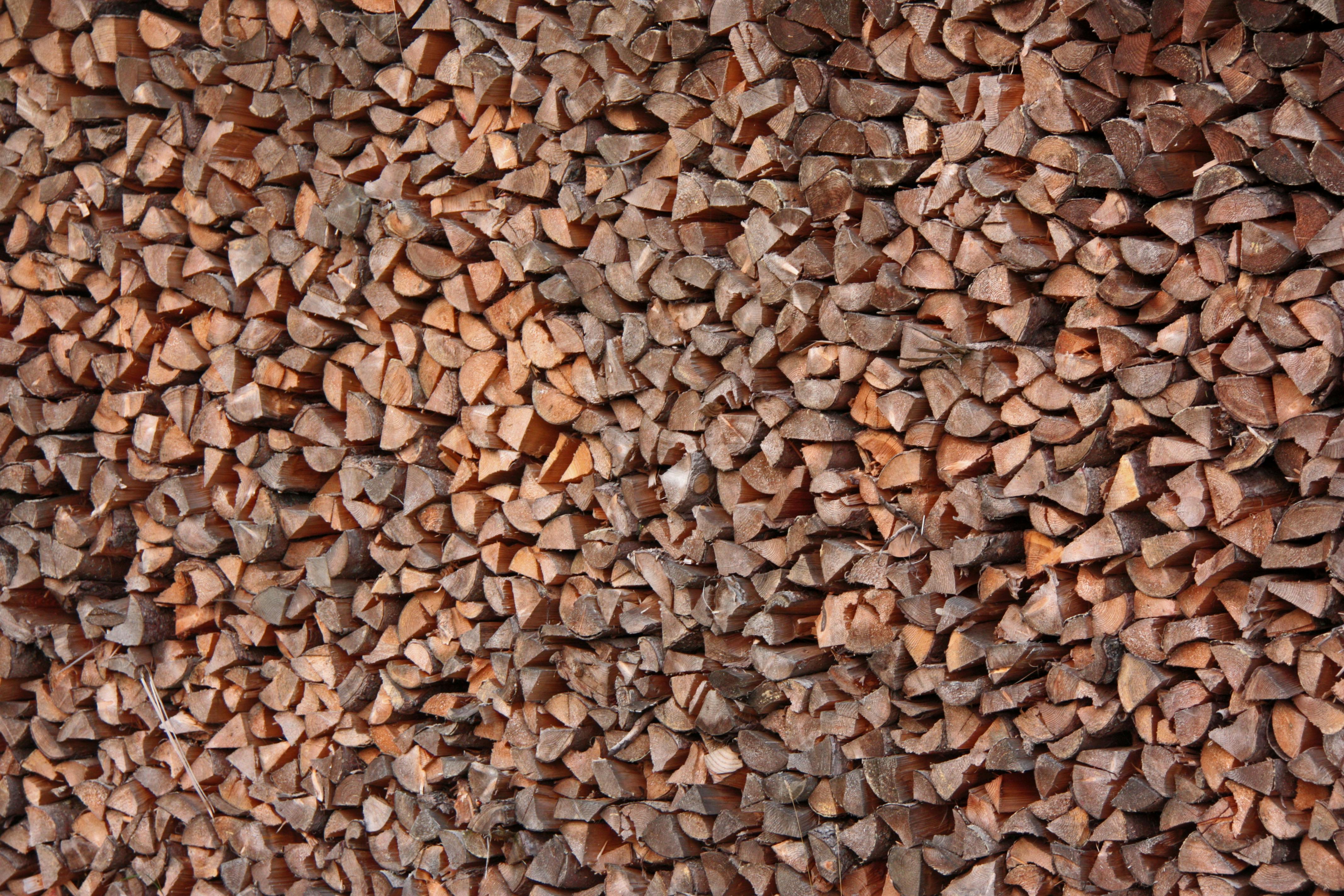
Free stock photo of agave, agave neomexicana, agaves
Agave (/ ə ˈ ɡ ɑː v i /; also UK: / ə ˈ ɡ eɪ v i /; Anglo-Hispanic, also US: / ə ˈ ɡ ɑː v eɪ /) is a genus of monocots native to the hot and arid regions of the Americas and the Caribbean, [citation needed] although some Agave species are also native to tropical areas of North America, such as Mexico. [citation needed] The genus is primarily known for its succulent and.
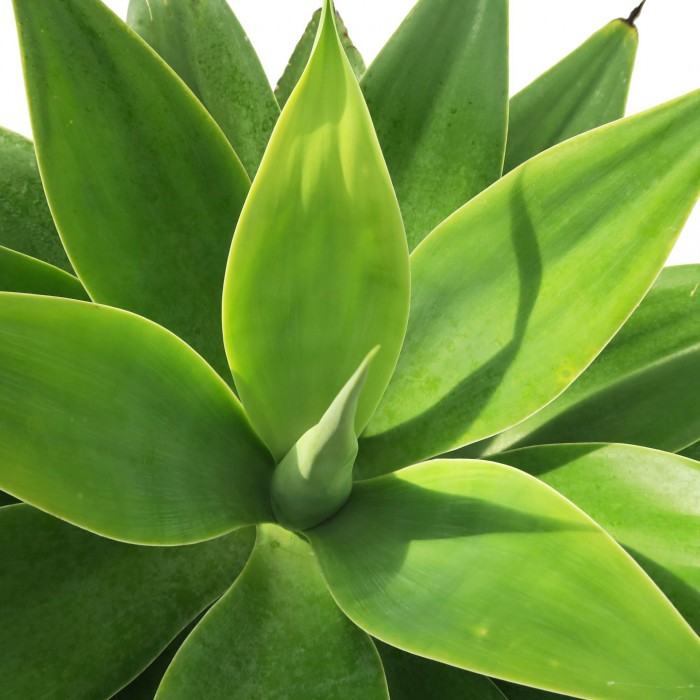
Agave attenuata
3. Blue Agave. Botanical Name: Agave tequilana. Tequila is obtained from the blue agave, which makes it quite popular. As the name suggests, the leaves are blue-green and can reach a height of 7 feet. The plant also produces a yellow flower, although it takes around five years to appear. 4. American Century Agave.

FicheiroAgave attenuata3.jpg Wikipédia, a enciclopédia livre
Agave americana: Also called century plant because it was once thought it took 100 years for the plant to flower; it usually blooms after 10 to 25 years, dying after blooming. Agave attenuata: This is a popular spineless variety known as the foxtail or dragon-tree agave. It grows around 4 to 5 feet tall and a bit wider. Agave parviflora: Its leaves have white markings and curling filaments.